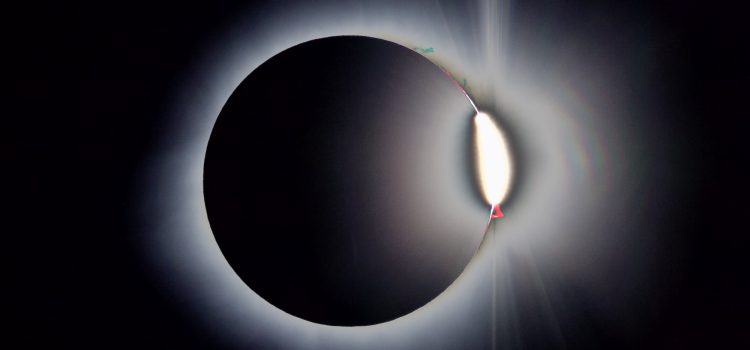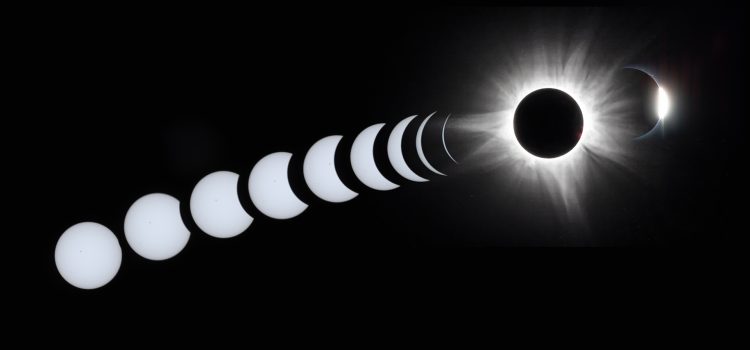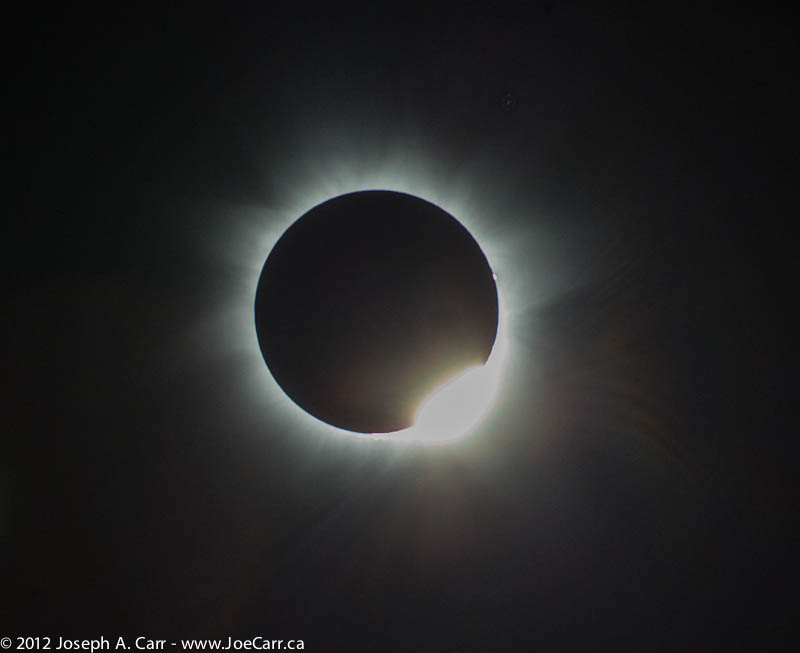What else can I write about or even talk about other than that celestial event that took place on April 8? I had seen the 1979 eclipse in Manitoba and the 2017 eclipse in Oregon. After 2017, all us eclipse
President’s Message – April 2024



Oak Bay Lighting in Uplands, Total Solar Eclipse reports from members.

Eclipse Photos by members Reports from our members Southern Ontario – Chris Gainor – blog “…we drove south from Windsor through Amherstberg into the path of totality. Many eclipse chasers in the area were already arriving in Point Pelee Park…we
Meeting transcript video Super PupZ kids’ series – David Lee Netflix series shot on southern Vancouver Island, including the Plaskett observatory Dave Balum an advisor for the series Astronomy Day – May 7th – David Lee Our first in-person event for the last
Transcript video of the meeting Review next week’s presentation by Dr. Robert Thirsk – Chris Purse Connection to meeting will be through a waiting room Jeff Pivnick will host Link for this meeting will be unique, and emailed to all RASC Victoria
Video transcript of meeting Thierry Legault’s Astrophoto Guide RASC GA and AGM – Registration site Geocaching and Public Outreach for Astronomy – Malcolm Scrimger puzzle caches, cache on ISS, astronomy themed caches, geocoins www.geocaching.com Summer Solstice – Randy Enkin The Solstice
This transit of Mercury will be well underway when the Sun rises at 7:00AM on November 11th. Observers in our location on the west coast of Canada will need to get up early and setup in the dark or pre-dawn,

A Total Solar Eclipse is a rare astronomical event, and it is even rarer for one to occur close to where you live. Those of us who live in the Pacific Northwest of North America will be favoured with such